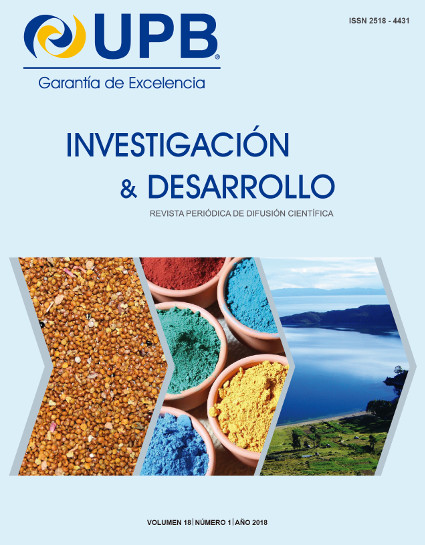SISTEMA DE MONITOREO ENERGÉTICO Y CONTROL DOMÓTICO BASADO EN TECNOLOGÍA “INTERNET DE LAS COSAS”
Keywords:
Internet de las Cosas, Monitoreo energético, Domótica.Abstract
El “Internet de las Cosas” (Internet of Things - IoT por sus siglas en inglés) es una tecnología en la que pequeños dispositivos electrónicos pueden conectarse a internet, permitiendo el desarrollo de nuevas aplicaciones y servicios. Recientemente, la aplicación de la tecnología IoT a sistemas de eficiencia energética ha despertado interés, sobre todo para el monitoreo de la eficiencia de sistemas en tiempo real. Este artículo presenta el diseño y desarrollo de ChuchusMOTE, un sistema de monitoreo energético y control domótico a través del uso de una red de sensores y actuadores inalámbricos, que utilizan el protocolo de comunicación asíncrono MQTT (Message Queue Telemetry Transport) para el envío de datos y permite su visualización en tiempo real. Se desarrollaron módulos electrónicos implementados sobre la plataforma de desarrollo NodeMCU, una placa hardware inalámbrica que incluye módulos de comunicación compatible con el protocolo MQTT. El sistema ChuchusMOTE fue desplegado para monitorear en tiempo real variables energéticas de paneles solares (voltaje, corriente, potencia y energía generada), el consumo de energía eléctrica y estimar el consumo energético dentro del “Laboratorio de Energías Renovables” de la Universidad Privada Boliviana. Asimismo, ChuchusMOTE controla y automatiza el sistema de iluminación, calefacción solar y extracción de aire de dicho laboratorio.Downloads
References
International Telecommunication Union, «Internet of Things Global Standards Initiative,» ITU, Julio 2015. [En línea]. Disponible: http://www.itu.int/en/ITU-T/gsi/iot/Pages/default.aspx. [Último acceso: 11 Junio 2017].
D. Serpanos y M. Wolf, Internet-of-Things (IoT) Architectures, Algorithms, Methodologies, Atlanta: Springer, 2018.
J. Gubbi, R. Buyya, S. Marusic y M. Palaniswami, «Internet of Things (IoT): A vision, architectural elements, and future directions,» Future Generation Computer Science, vol. 29, nº 7, pp. 1645-1660, 2013.
Espressif Systems, «ESP8266 SDK API Guide,» Espressif Systems IOT Team, 2015.
Internet Engineering Task Force, «Hypertext Transfer Protocol -- HTTP/1.1,» IETF, 1999. [En línea]. Disponible: https://tools.ietf.org/html/rfc2616. [Último acceso: 31 Mayo 2017].
OASIS Consortium, «MQTT Version 3.1.1 - OASIS Standard,» 29 Octorber 2014. [En línea]. Disponible: http://docs.oasis-open.org/mqtt/mqtt/v3.1.1/os/mqtt-v3.1.1-os.html.
R. Fielding, Architectural Styles and the Design of Network-based Software Architectures, Irvine, USA: University of California, Irvine, 2000.
Message Queue Telemetry Transport, «MQTT F.A.Q,» MQTT, [En línea]. Disponible: http://mqtt.org/faq. [Último acceso: 30 Mayo 2017].
MongoDB, «What is MongoDB?,» MongoDB, [En línea]. Disponible: https://www.mongodb.com/what-is-mongodb. [Último acceso: 26 Mayo 2017].
J. Viega, M. Messier y P. Chandra, Network Security with OpenSSL, O'Reilly, 2002.
Published
How to Cite
Issue
Section
License
Creative Commons Attribution-Noncommercial-Share Alike
CC BY-NC-SA
This license lets others remix, tweak, and build upon your work for non-commercial purposes, as long as they credit the author(s) and license their new creations under the identical terms.
The authors can enter additional separate contract agreements for non-exclusive distribution of the version of the article published in the magazine (for instance, they may publish it in an institutional repository or a book), subject to an acknowledgement of its initial publication in this magazine.
